INFORMATION TO KNOW
The cheetahs of Etosha National Park are a rare and treasured sight within this vast wilderness. Known for their incredible speed and graceful agility, these magnificent big cats roam the savannas and grasslands of the park in search of prey. With their sleek bodies, distinctive spotted coats, and long, streamlined limbs, cheetahs are perfectly adapted for chasing down swift-footed prey such as gazelles and antelopes. Despite their impressive hunting prowess, cheetahs face numerous challenges in the wild, including habitat loss and competition with other predators. Visitors to Etosha are privileged to catch a glimpse of these elusive and iconic animals in their natural habitat, making each sighting a memorable and unforgettable experience.
THE STORY
It's sunset as we drive along one of the dirt tracks leading back to camp. Spotting several parked jeeps by the side of the track, we know what that means in Etosha - a rare animal sighting! Intrigued, we pull over and are amazed to see a cheetah mother with her cubs feasting on a kill.
Cheetah sightings are uncommon in Etosha, so we can't miss this opportunity. Amidst the excitement, the space between the off-road vehicles becomes crowded as everyone clamors for a view. Finding the best position possible, we soak in the spectacle while keeping an eye on the time.
Eventually, satisfied with our photos, we realize it's getting late. Knowing the rangers aren't fond of tardiness, we reluctantly depart. Just minutes later, we encounter a solitary hyena, its keen sense of smell leading it towards the cheetahs' kill. Sensing another opportunity, we quickly turn back to witness the impending encounter.
The ensuing struggle between the cheetahs and the hyena is brief but dramatic. Thankfully, all parties emerge unharmed, but the hyena claims the spoils, leaving only the sound of bones crunching in its wake.
Despite the urgency to return to camp, the exhilarating experience was worth any scolding from the rangers. Namibia 2015.
<<<All the images in this gallery were captured in a truly wild environment, without the use of attractants, perches, or bait>>>
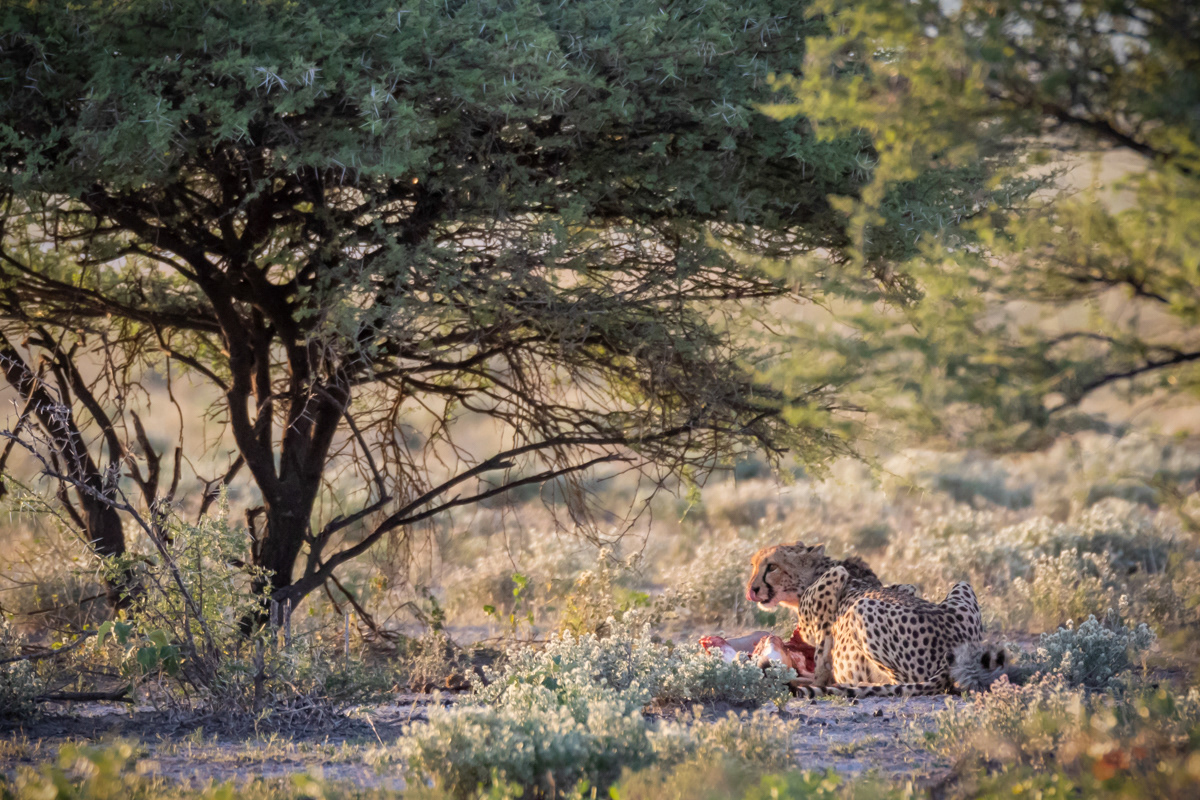
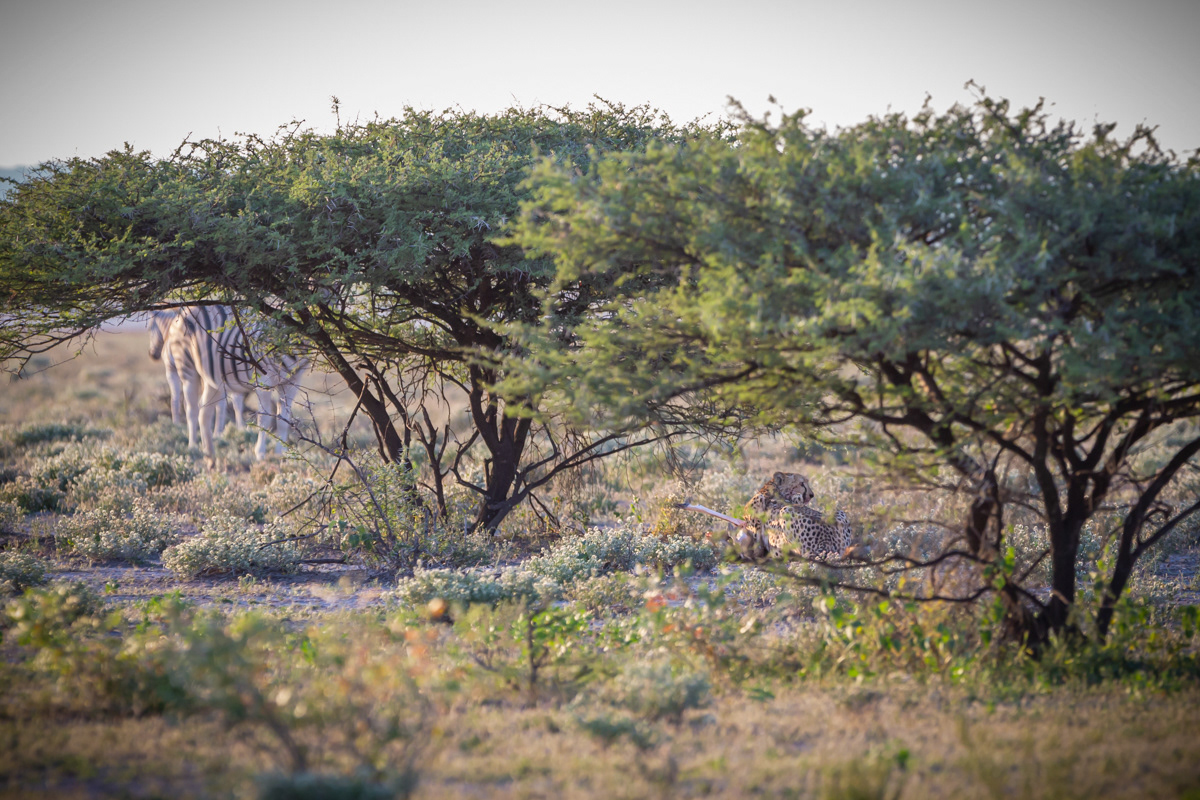

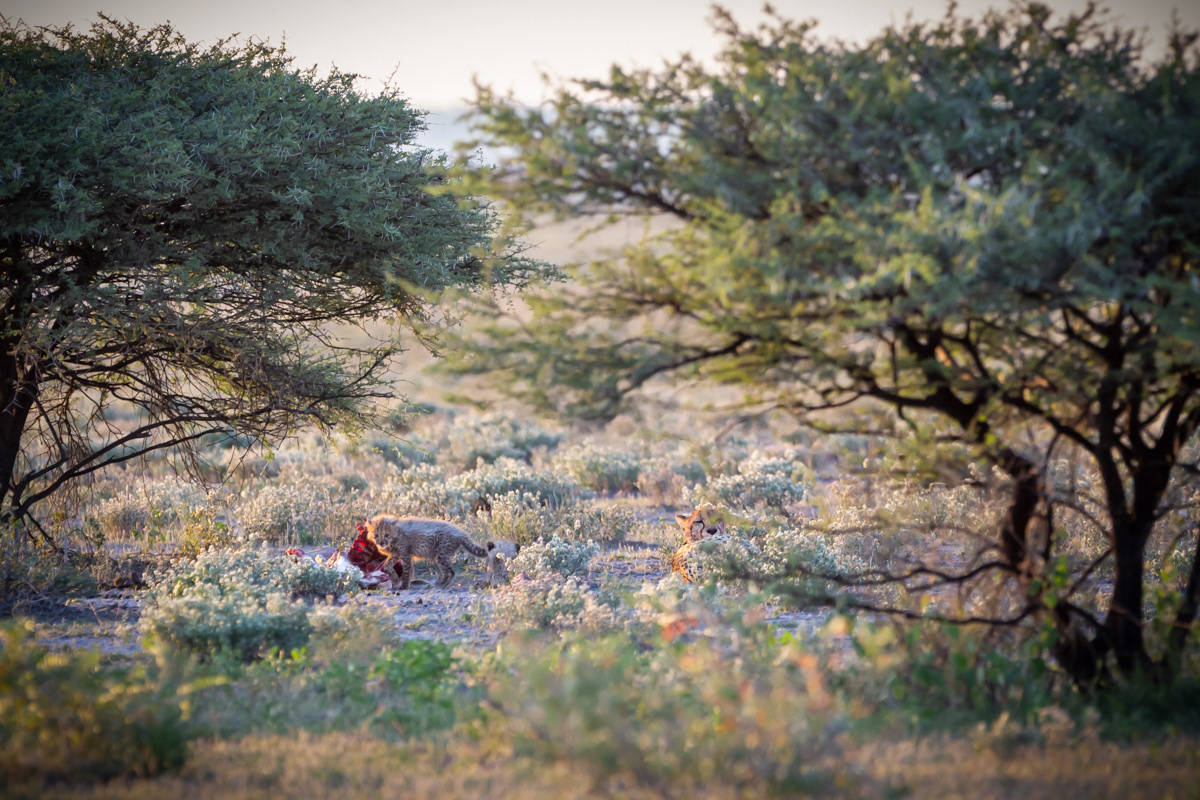
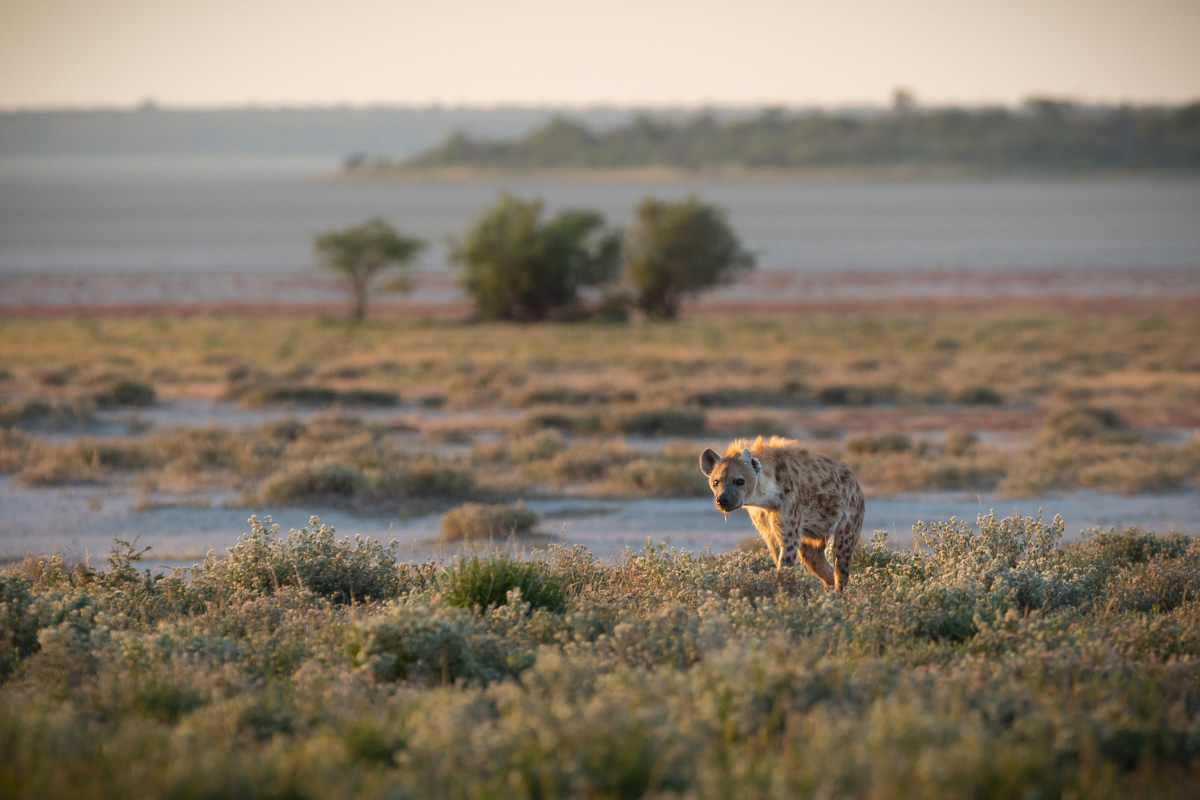
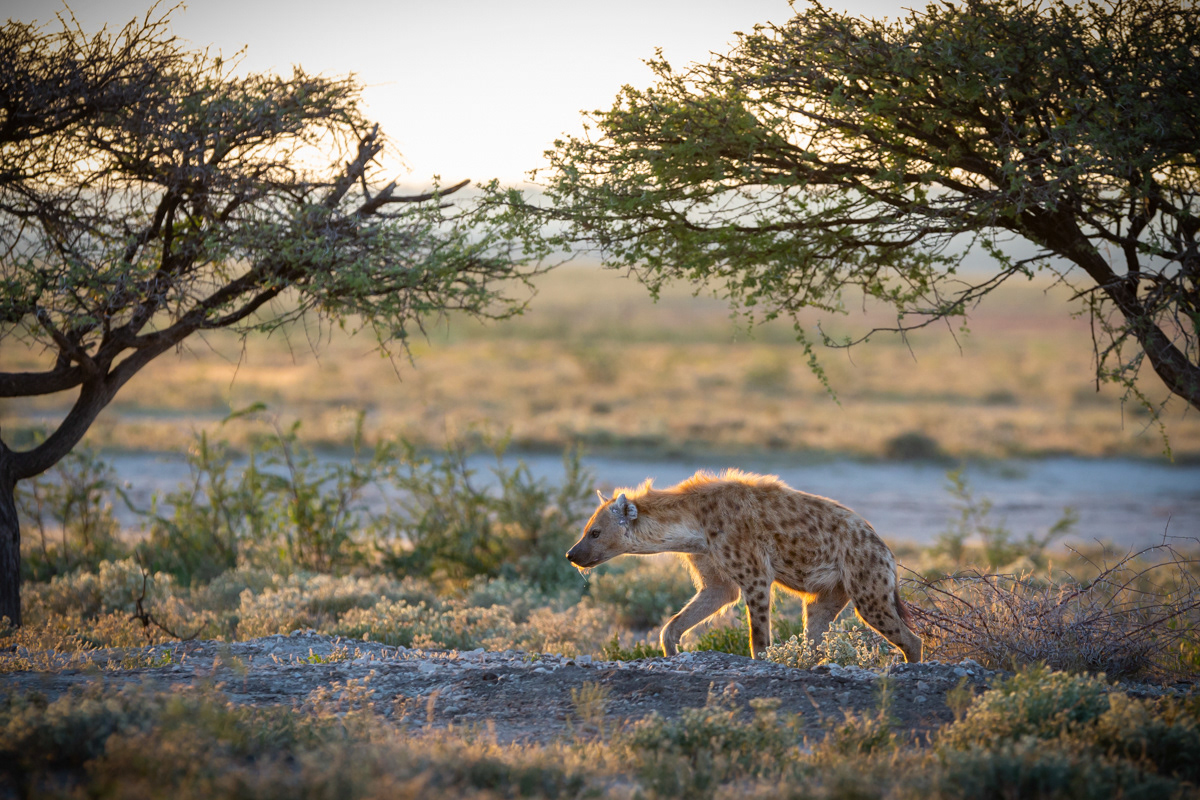
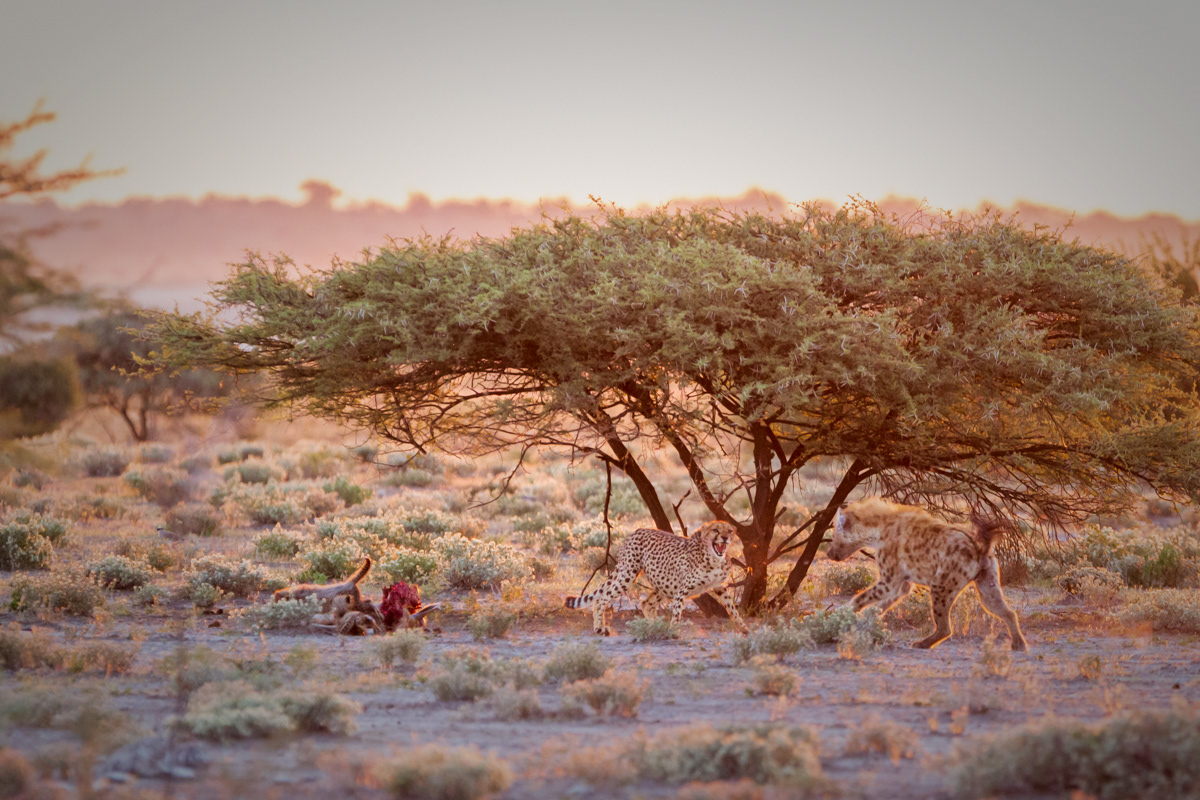

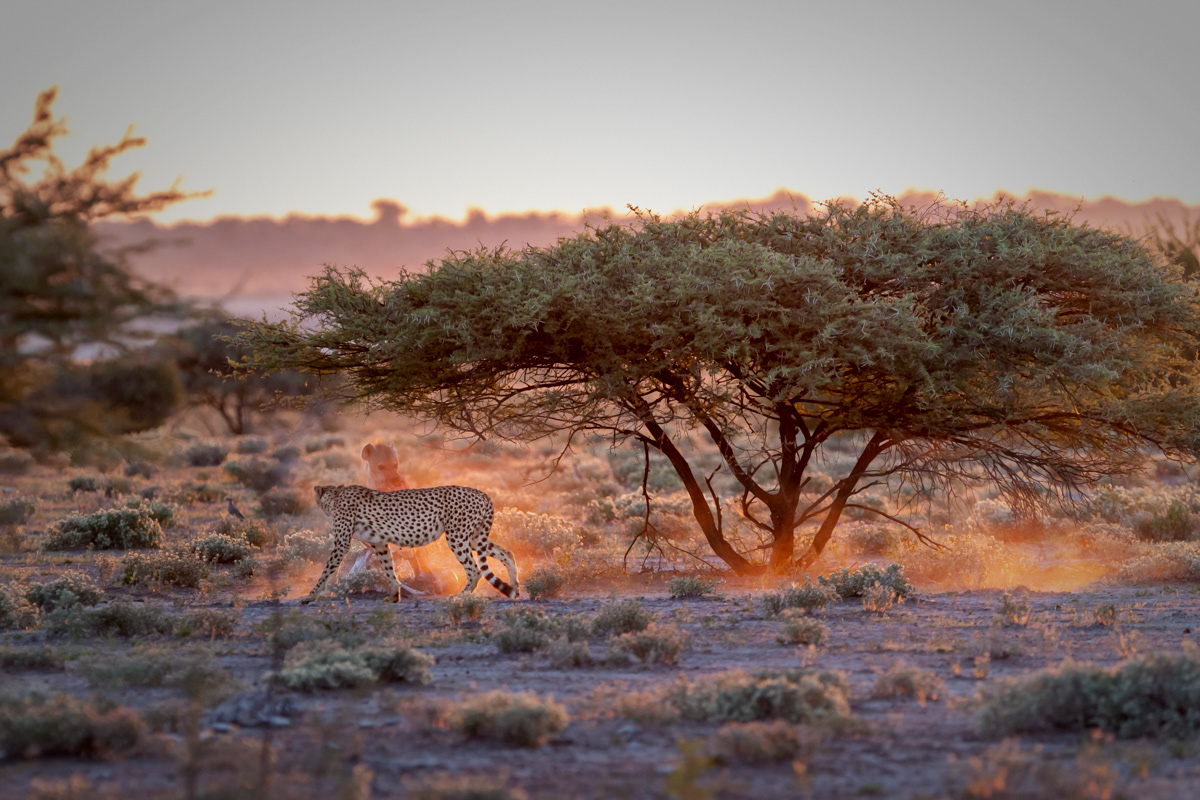

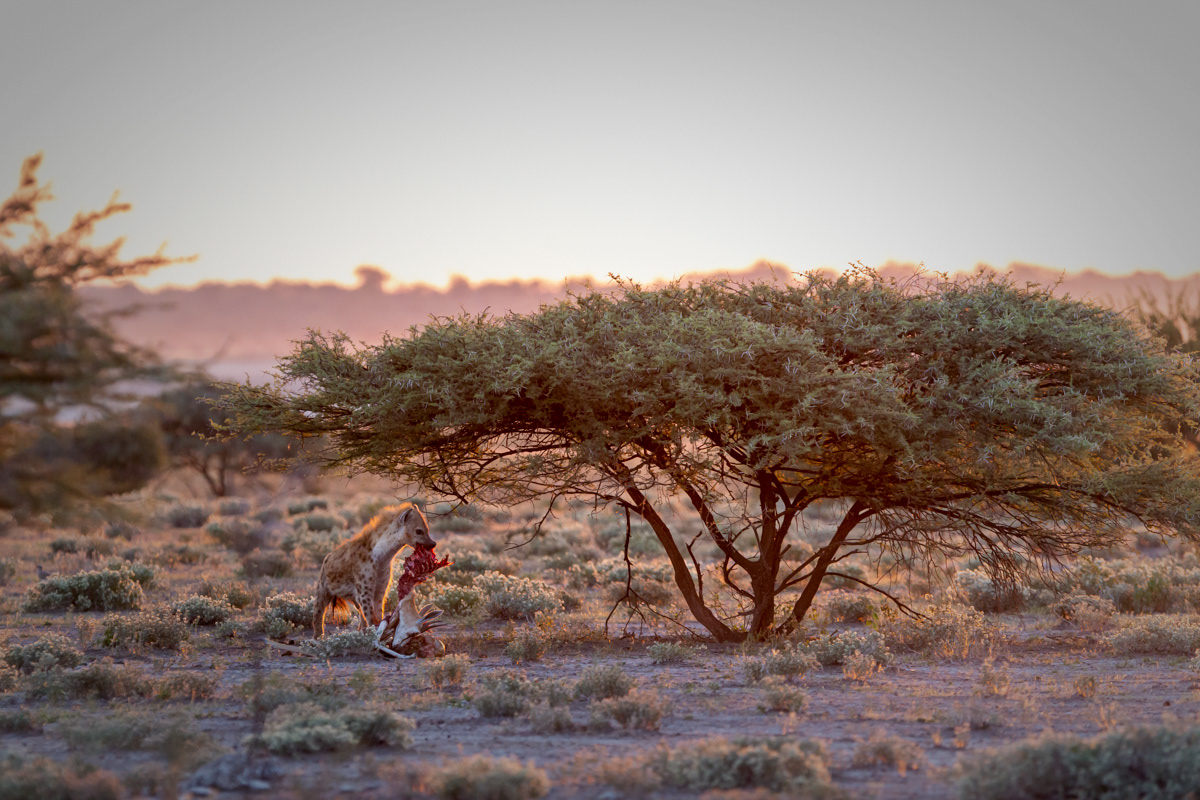

These images were taken with the following FF (full frame) DSLR camera:
Canon EOS 6D
These images were taken with the following APS-C DSLR camera:
Canon EOS 7D MK II
These images were taken with the following LENS:
Canon EF 300 f/2,8 L IS USM;
Canon extender 1,4X III
Tamron SP 150-600 F/5-6,3 Di VC USD A011

